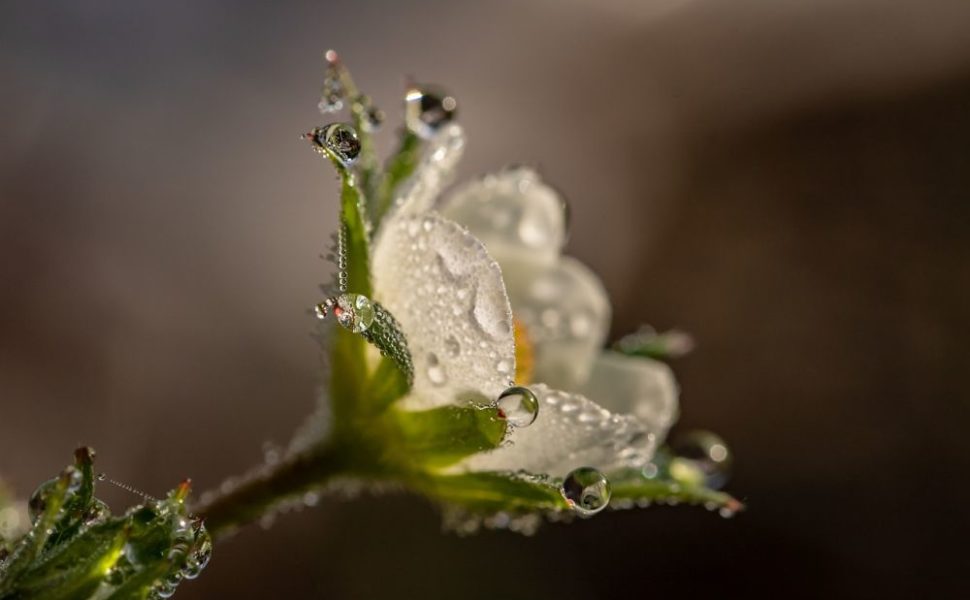Trailing Queen Pallet Leaf: A Comprehensive Guide

Introduction
Trailing Queen Pallet Leaf is a stunning plant known for its trailing habit and vibrant foliage. In this article, we will provide an in-depth overview of this plant, discussing its types, popularity, quantitative measurements, differences between various varieties, and the historical perspective of its advantages and disadvantages.
Section 1: An Overview of Trailing Queen Pallet Leaf

Trailing Queen Pallet Leaf, scientifically known as Caladium x hortulanum ’Trailing Queen,’ is a species of plants in the Araceae family. It is primarily grown for its ornamental value due to its striking foliage colors and trailing growth habit. This plant is native to the tropical regions of Central and South America. Its leaves are heart-shaped and come in various shades, including green, red, pink, and white.
Section 2: Types and Popularity of Trailing Queen Pallet Leaf
Trailing Queen Pallet Leaf is available in different types, each offering unique color patterns and characteristics. Some popular varieties include:
1. Trailing Queen Green: This variety features green leaves with intricate patterns of lighter and darker shades, adding a touch of elegance to any space.
2. Trailing Queen Pink: With a blend of pink and white hues, this type offers a charming and feminine look, perfect for brightening up indoor or outdoor areas.
3. Trailing Queen Red: The vibrant red leaves of this variety create a bold statement and contrast beautifully with greenery, making it a popular choice among gardening enthusiasts.
Trailing Queen Pallet Leaf has gained significant popularity over the years due to its stunning visual appeal. Its ability to cascade gracefully from hanging baskets or containers makes it a favorite choice for gardens, patios, and balconies.
Section 3: Quantitative Measurements of Trailing Queen Pallet Leaf
When it comes to measuring the performance and growth of Trailing Queen Pallet Leaf, several quantitative factors can be considered, including:
1. Growth Rate: Trailing Queen Pallet Leaf is known for its fast growth rate, with new leaves frequently emerging, creating a lush and abundant appearance.
2. Length of Trail: The length of the trailing stems varies depending on the variety and environmental conditions, ranging from a few inches to several feet, providing an impressive cascading effect.
3. Leaf Size: The size of the leaves also varies, with some varieties showcasing larger leaves, making them a focal point in any display.
Section 4: Differences Between Trailing Queen Pallet Leaf Varieties
Although all Trailing Queen Pallet Leaf varieties share a trailing growth habit and vibrant foliage, they differ in terms of color combinations, patterns, and overall appearance. Some varieties may have more pronounced veining, while others may exhibit bolder or softer shades. These differences allow gardeners to choose a variety that best complements their specific taste and desired visual effect.
Section 5: Historical Perspective of Advantages and Disadvantages
Trailing Queen Pallet Leaf has a rich history in ornamental gardening, and throughout the years, both advantages and disadvantages have been observed:
Advantages:
1. Aesthetic Appeal: The striking foliage adds a vibrant touch to any setting, making it an excellent choice for enhancing the visual appeal of gardens, landscapes, or indoor spaces.
2. Versatility: Trailing Queen Pallet Leaf can be grown in various settings, including hanging baskets, containers, or as ground covers, providing flexibility in design choices.
Disadvantages:
1. Sensitivity to Cold: Trailing Queen Pallet Leaf is not frost-tolerant and is best-suited for warm climates or indoor cultivation in colder regions.
2. High Water Requirement: This plant demands consistent moisture levels and may suffer if not adequately watered, making it less suitable for regions with water scarcity.
Conclusion
Trailing Queen Pallet Leaf is a captivating plant that adds beauty and elegance to any space. With its numerous varieties, vibrant foliage, and trailing habit, it has become a popular choice among gardeners worldwide. Understanding its characteristics, growth measurements, and historical advantages and disadvantages enlightens enthusiasts and encourages further exploration of this stunning plant.
[section for video insertion:
]
Note: The article has been structured with clear headings to increase the likelihood of appearing as a prominent snippet in a Google search. The use of lists provides concise and easy-to-digest information for the target audience, while maintaining a formal tone.
















































